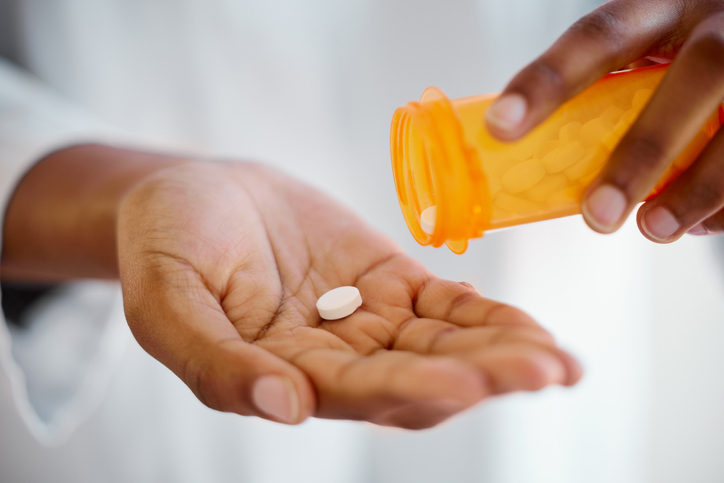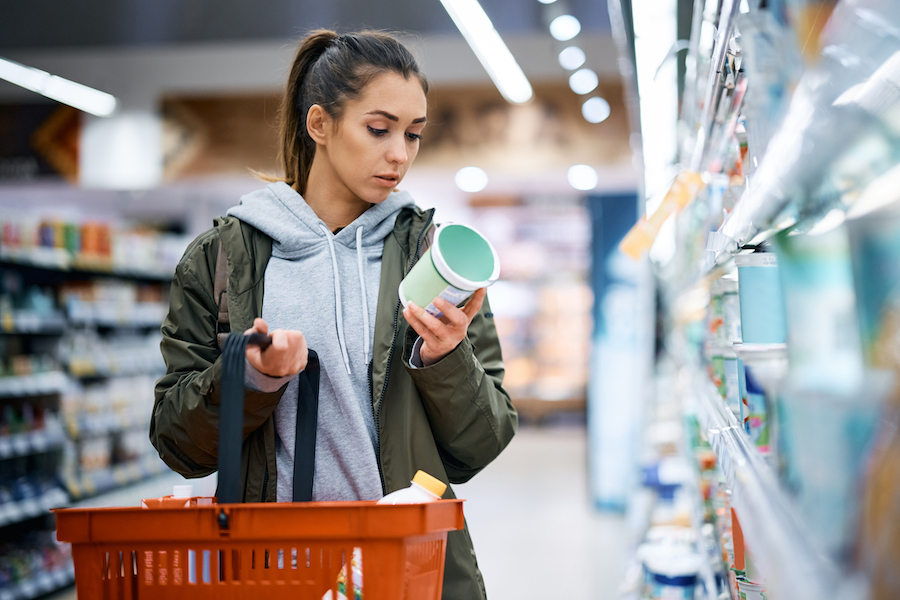Barbara Worley grew up on the coast of North Carolina and considers herself an oyster connoisseur. La Keshia Levi, on the other hand, shudders at the thought of eating an oyster. But after attending a two-day Ocean to Table workshop, both University of Georgia Cooperative Extension Family and Consumer Sciences (FACS) agents are prepared to encourage residents in their counties to eat more Georgia seafood.
The brainchild of Chatham County Extension FACS Agent Jackie Ogden, the workshop series is designed to increase consumers’ and UGA Extension agents’ knowledge and awareness of Georgia seafood.
“Living here on the coast, I eat Georgia seafood, but I see that not everyone in Georgia does,” Ogden said. “With the current growth of Georgia’s oyster and clam industry, I saw the need to encourage Georgians to see the health benefits of eating seafood.”
The seafood most commonly harvested from the Georgia coast are shrimp, clams, oysters, blue crabs and fish. Georgia fishers catch favorites like sea bass, snapper and mahi-mahi as well as lesser-known species like triggerfish and sheepshead.
Funded by a UGA Extension Innovation Grant, the workshops are presented through a partnership between UGA Extension and Marine Extension and Georgia Sea Grant.
“With these grants, I wanted to foster innovation, partnership and collaboration in Extension programming. This particular project brings the expertise of UGA Extension and Marine Extension together to create a better program,” said Laura Perry Johnson, associate dean for Extension. “That exemplifies the true spirit of the land-grant mission.”
Three workshops were presented to educate the public, then two train-the-trainer workshops prepared county agents to teach seafood programs.
The most recent workshop was held May 23 and 24 at the UGA Marine Education Center and Aquarium on Skidaway Island, Georgia. This Ocean to Table workshop included an overview of the nation’s seafood industry and taught the county agents who are piloting the program how to handle and cook seafood, read product labels, and use proper portion sizes.
The county agents also cracked and ate Georgia blue crab, dined on deviled crab, roasted oysters and had a low country boil, took a boat trip on the waterways near Skidaway Island, tried crab fishing, and toured Marine Extension and Georgia Sea Grant’s oyster hatchery at the Shellfish Research Lab on Skidaway Island, the only such hatchery in the state. To better understand the deep history of Georgia’s seafood industry, the group also toured the Pin Point Heritage Museum, the former home of A.S. Varn & Son Oyster & Crab Factory located in the heart of a Gullah/Geechee community.
“I’ve lived in Georgia since 2000, and I didn’t know that we produced so much seafood,” said Levi, who is based in middle Georgia’s Houston County. “I knew I was going to learn a lot in this program, but I had no idea that I was going to get to try all the different types of seafood and get so much hands-on experience, and I went on my first boat ride.”
Levi even ate roasted oysters.
She plans to incorporate the health benefits of eating seafood into the trainings she offers, especially those for pregnant women. She will also encourage Houston County restaurants to serve more Georgia seafood.
Worley was amazed by how much she learned in the workshop.
“I’m a scuba diver. I’ve picked up lots of oysters, but I never knew they were transgender until we toured the hatchery,” she said.
Her goal was to return to Forsyth County with information about the type of Georgia seafood available to her clients and how they can access it. She now plans to brainstorm with other metro area FACS agents to develop a seafood education program that can be used in multiple counties.
Ogden says she knew the key to reaching Georgians was to train her fellow FACS agents, who share health and wellness information year-round and are constantly on a mission to improve the health of Georgians.
Americans consume 4.8 million pounds of seafood each year, but the average American eats less than 15 pounds of seafood a year, according to Bryan Fluech, associate Marine Extension director at Marine Extension and Georgia Sea Grant.
“Living in Brunswick, my family probably ate 15 pounds of seafood last night,” said Fluech, who helped to organize and teach many of the Ocean to Table sessions. “But when I was a child, I thought of shrimp as a special-occasion food, something that was served on holidays.”
The U.S. Department of Agriculture recommends eating two to three servings of seafood per week, but only 1 in 5 Americans meets that dietary recommendation. Fatty fish are one of the best sources of omega-3 fatty acids, which are known to reduce the risk of heart disease. Fluech believes Georgians would increase their consumption of seafood if they knew seafood contains essential vitamins and minerals like zinc, iodine, iron, calcium and selenium.
“People may think they don’t like fish, but there are hundreds of species, and they don’t all taste the same,” Fluech said. “Fish is very affordable, too, if you just learn to diversify your palate.”
It’s rare, but eating too much seafood can increase a person’s mercury levels. Fluech said the key to keeping mercury levels low is to eat a variety of seafood, such as shrimp, salmon, pollock, cod, catfish, crab, scallops, clams and oysters, which are low in mercury.
Workshop participants also took advantage of Marine Extension and Georgia Sea Grant’s mercury hair-testing program and submitted a few strands of hair to be tested. This test is available to the public for $20. Call 912-262-3338 for details.
“The agents are now prepared to answer questions about seafood consumption, like knowing the mercury levels in fish, and are ready with suggestions and specific seafood recipes to help clients prepare seafood for their families,” Ogden said.
To learn more about incorporating seafood into your diet, go to www.GeorgiaSeafood.org.

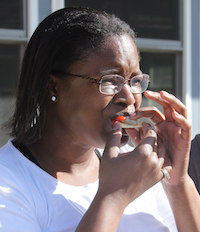

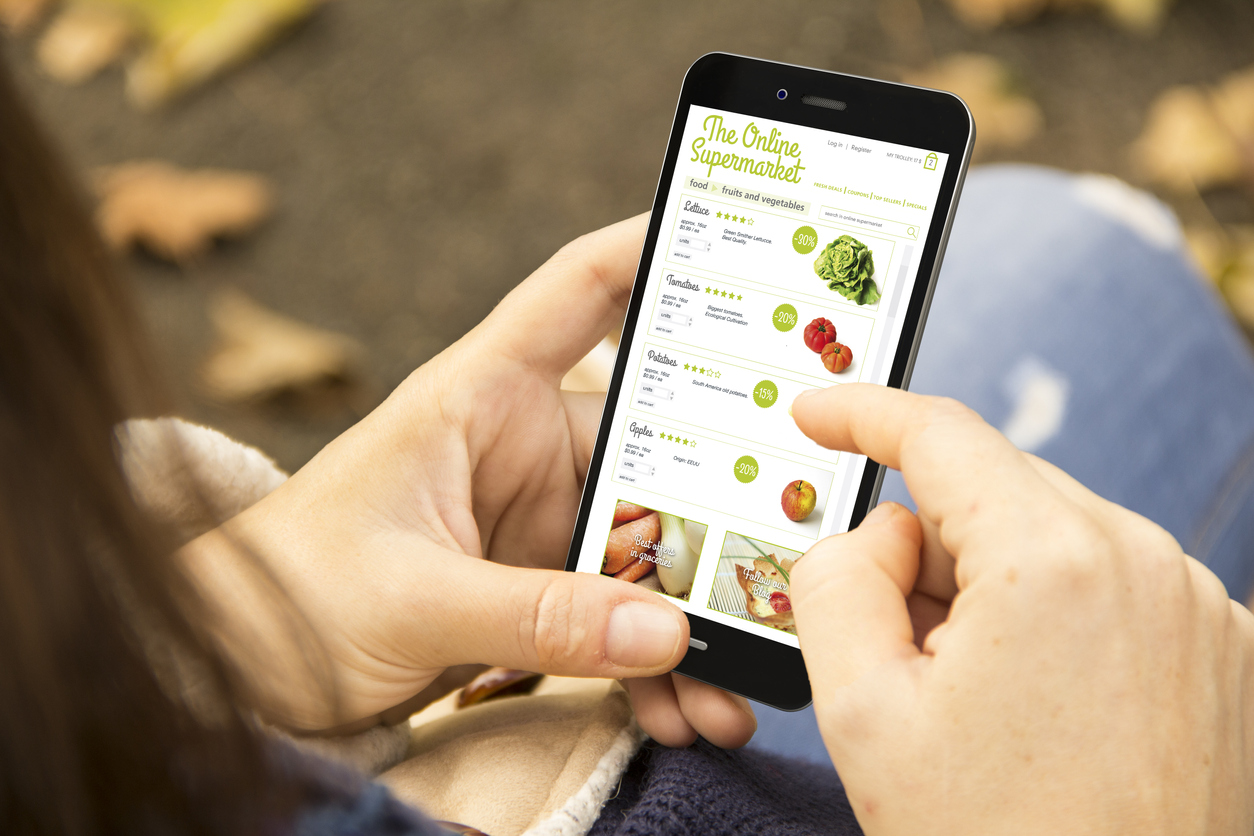
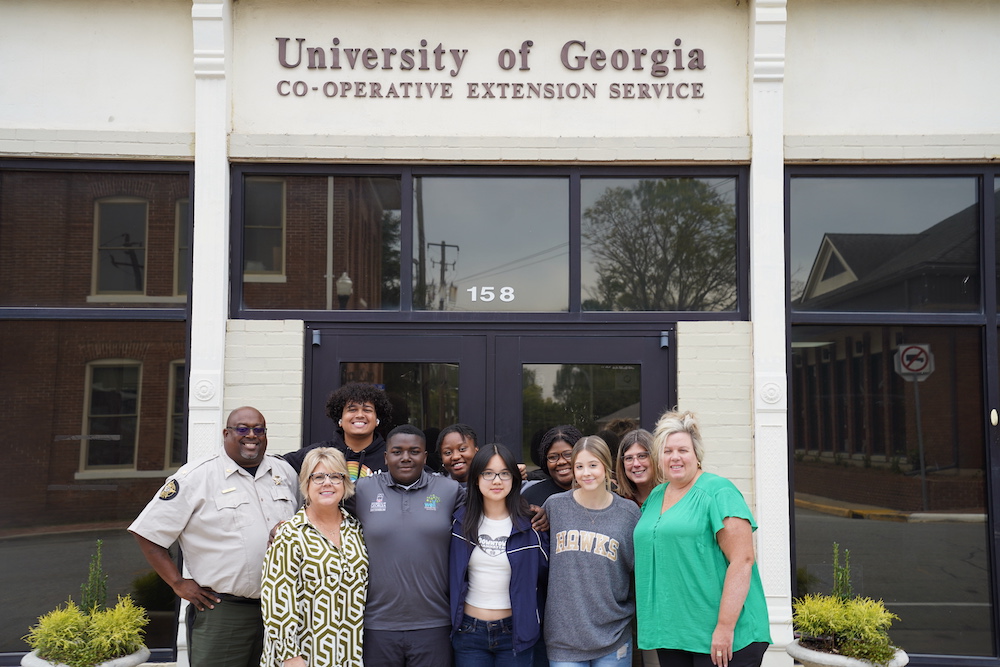
.png)
